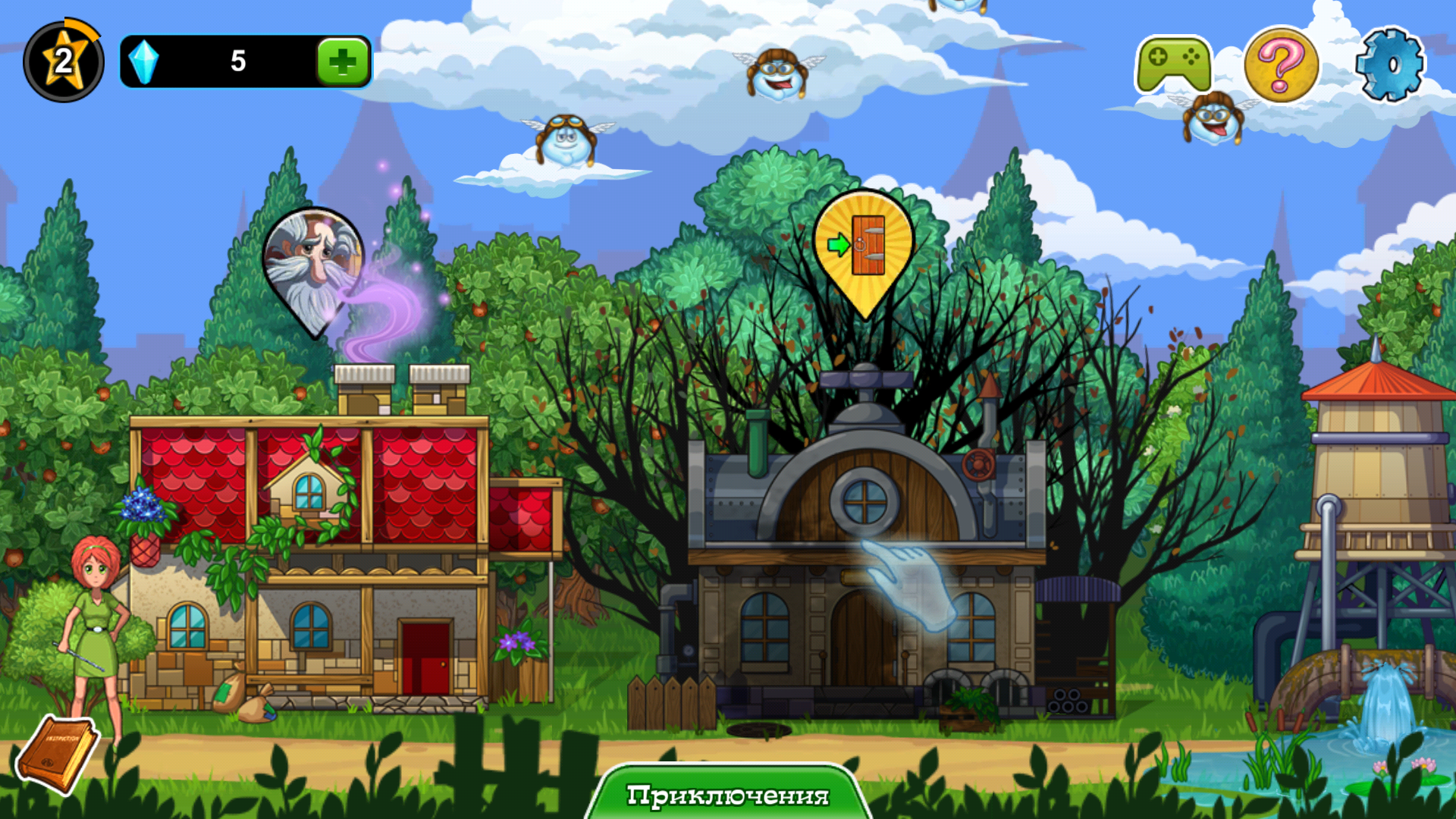Advertising can be a good solution for additional monetization. But if the game already has in-app purchases, then you need to add ads very carefully so as not to break the balance and not anger the players. Appodeal together with Webgames told how they were able to increase LTV with the help of in-game video advertising.

The Ghost Town Adventures game was released on the App Store and Google Play in the fall of 2015 and received more than three million downloads in a year. Ghost Town Adventures is monetized using the freeplay model – users play for free and can buy crystals to speed up the creation of useful items. This fits well into the plot, but there are still those who never pay, so Webgames decided to add advertising to the game.
But first it was necessary to understand exactly how to embed it. Webgames suggested that an advertisement shown at the wrong time could “spoil” players and cannibalize those who are already paying. I had to test three hypotheses:
- Early advertising, especially rewarded videos, demotivates players and reduces the number of payments.
- Due to the ads, users will leave the game immediately after watching the promotional video.
- Ads should be shown only to those players who do not pay and are unlikely to pay, but are interested in the game and are not going to leave it.
Experiment
Hypothesis testing took 2 weeks. The experiment was conducted on new users and covered 10,000 people. All users when installing the game randomly fell into one of two groups:
- In Group A, absolutely all players saw the advertisement after passing the checkpoint at the end of the first session.
- In group B, advertising was shown only to non-payers and only after it became clear that the person most likely would not pay. Such a moment was considered the passage of about a third of the storyline, familiarity with the first action and the absence of payment for it.
The advertisement was embedded via Appodeal in the rewarded video format. This format is well suited for the Adventure genre – it organically integrates into the gameplay and benefits the player. In Ghost Town Adventures, advertising came from a fairy with gifts: the fairy appeared for a short period and gave a video, for viewing which the user received crystals, the internal game currency, for free.
In the game, advertising was represented only by a fairy. The fairy worked like this:
- arrives every thirty minutes;
- tells the stories of other “lands”;
- offers to watch 4 stories (ads) and get a prize for each.
The fairy appears only in the sky above the city (on the map). The user, going through the stages in the game (at home), must go to the map. There are 21 houses in the main line, but there are side stories. To launch them, you also need to go to the main map. When entering the game, the user also gets to the map.

The results of the experiment were evaluated by several parameters:
- percentage of those paying in the test group;
- ARPPU;
- LTV;
- indicators of ad viewing in the group;
- retention;
- average number of gaming sessions and average length of gaming session;
- conversions of passing game content.

Results
The results of the experiment turned out to be completely opposite to what the team assumed at the start.
- In group A, where everyone saw the ads, of course, there were more views – 34,000 versus 20,000 in group B. And advertising revenue in group A turned out to be higher.
- At the same time, in group A, contrary to the initial hypotheses, the number of transactions per player was higher, and LTV was 25% higher than in group B.
- The total number of payers in Group B was slightly higher, but these were mostly small payments.
- Retention, crystal spending and retention in both groups were about the same, with a slight advantage of group A.
In general, if we consider that in Group A, revenue from ad views was added to the higher LTV, we can say that the first strategy turned out to be much more profitable for both the company and the players.

Conclusions based on the results of the experiment
None of the initial hypotheses was confirmed.
- Advertising, contrary to fears, only increased revenue from payments to the game. Why did this happen? Most likely, the fact is that the reward videos do not annoy the player (he could choose whether to watch it or not) and at the same time show him the advantages of in-game currency. After that, the first payment is much easier. And those who have already paid, the reward video reminded how good it is to play with crystals. So advertising additionally turned out to be an incentive for paying users.
- Competently integrated advertising in Ghost Town Adventures has led to an increase in the number of loyal users and an increase in in-game indicators: LTV, average receipt, number of ad views.
- In addition, the promotional videos brought money by themselves.
Now ads in Webgames games are shown to all users, regardless of whether they paid or not. The company still repeats this experiment periodically, and the results confirm the chosen strategy each time. Now Webgames faces a new question: it is necessary to determine how different segments of the audience react to advertising, and in which cases it is possible to show it more often, and in which cases it is worth reducing the frequency of impressions.
